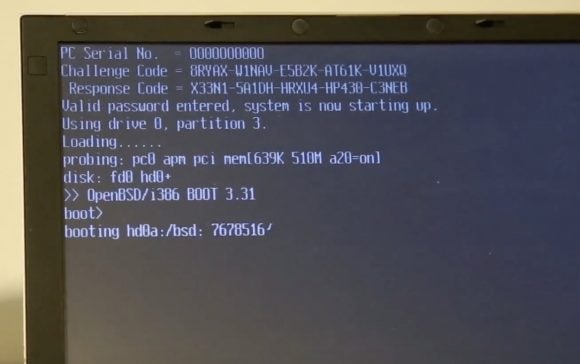

This code is used by the built-in bootrom to allow/deny access to the flash via the 'Standard Serial I/O' protocol for programming (selectable via M0/M1 straps). The EC has a 7-byte ID code that it keeps in flash. After checking connectivity to the bootrom and that I was getting power traces, it was time to dive in. I also attached a ChipWhisperer with a shunt sensor board to the EC's power line.Īnd finally, I added an oscilloscope to the voltage shunt and a logic analyzer to serial lines, for good measure. I've then attached an STM32F303RE on a Nucleo board as a general interface board to the EC's serial and reset. Let's break this thing! I've etched a new board that lets me access important pins (serial TX, RX, CLK, BUSY RST and power lines) without having to fiddle with the previous hacky breakout board. After another long hiatus, I've come back to this project. After procrastinating for a couple of years we now have the flash dump of the EC, which we are now reverse-engineering.

We have so far dumped the BIOS from the FWH memory on board, reverse engineered it enough to find out it uses the EC (a Renesas M306K9FCLRP 16-bit micro) in order to check the password and password reset response. As a long-term goal we're thinking of porting Coreboot to them. The aim is to uderstand the laptop boot process better, with an immediate goal of writing a keygen for its' challenge/response mechanism, allowing us to actually boot them and use them as a lightweight Internet access platform. Since they are enterprisey laptops, we cannot just reset their password by unplugging the CMOS battery. We have acquired a bunch of BIOS locked Toshiba Portege R100 laptops. Android *, Windows, and Mac screens without the need for hardware or cables.
Toshiba challenge code keygen generator generator#
Toshiba Challenge Code Generator Torrent 14.


 0 kommentar(er)
0 kommentar(er)
